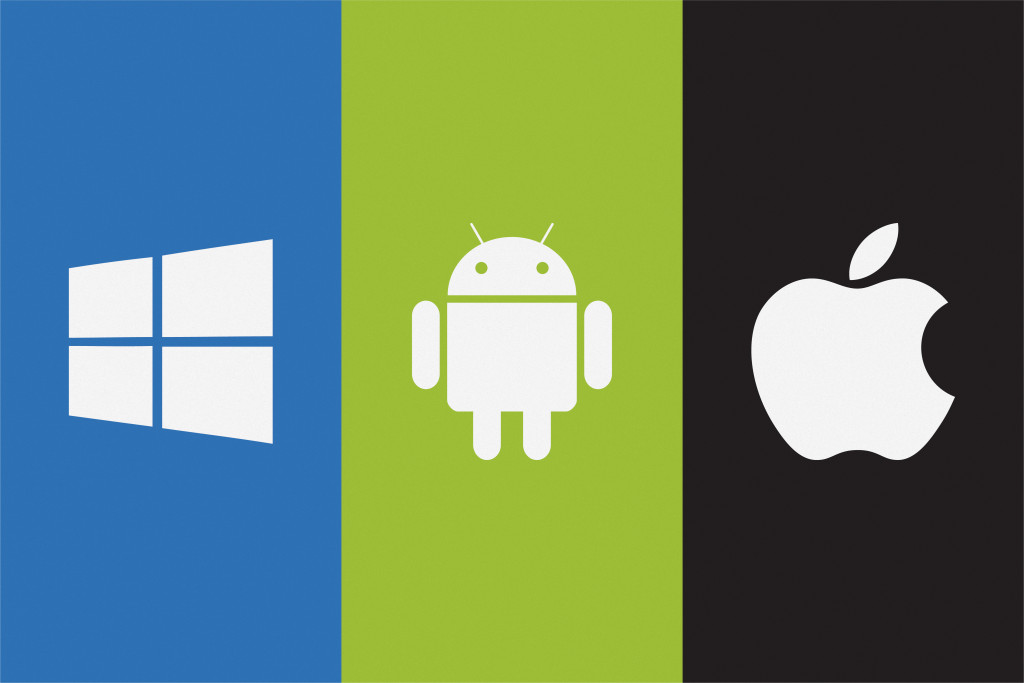If you know anyone who uses Linux consistently, you might have heard them utter the words “next year is the year of Linux desktop.” Well, it’s been like that for a while, and many industry experts are still holding on for that “year of Linux desktop.” The truth is that unless computers start shipping with a Linux operating system built-in, only then can we see actual steps towards that year of Linux desktops.
But here’s an interesting thing: computers with Linux as the base operating system are finally here.
And they’re not just any computers. They’re powerful and popular computers that many people are looking forward to. And many major computer manufacturers and software companies are also expanding their compatibility to include Linux. As the years go by, we’re seeing more and more people adopt Linux, and Linux adaptation is increasing at an amazing pace as well.
This 2022, we can expect more of Linux. In this article, we’re going to take a look at the potential changes in the future of computing and how Linux plays a role in it.
Steam Deck Is Bringing Linux Into the Mobile Computing Sphere
In the middle of 2021, Valve, the video gaming giant, surprised the world by announcing a handheld computer that promises to run most of its video game library. It’s a compact computer, much akin to a video game console, but promises desktop functionality if hooked to a larger monitor. And the surprising thing is that it runs Linux. Announced as the Steam Deck, this handheld device is sporting custom specifications combined with a specially developed Linux operating system to truly make the most of its hardware. Many video game enthusiasts and Linux users are excited over this prospect as it essentially means that many companies will have to adhere to Valve’s Linux protocol, resulting in even wider compatibility.
Microsoft Azure Brings Linux to Microsoft
While not entirely new, Microsoft’s cloud service, Azure, is slated to see an increase in user base by 2022 as cloud compatibility and reliance increase. Interestingly enough, Microsoft also utilizes Linux to run its Azure cloud service. They’ve discovered that it’s far more efficient to use software that integrates internal switches to a large pool of software repositories—something that Linux manages relatively well. Windows also offers another way of utilizing Linux on Windows through its WSL, or Windows Subsystem for Linux. This is a compatibility latter that allows users to use Ubuntu on top of Windows—something that many cross-platform programmers are eager to do.
Continues to Give New Life to Old Hardware

You can have your old computer repaired. But ultimately, if the hardware is old, it can’t run the latest software. And that’s where Linux comes in. Thanks to its rather light structure and non-intensive use of resources, Linux can function on most computers created within the past ten years, or even twenty years, if you’re pushing it. This means that in 2022, a year when Microsoft 11 is demanding more powerful computers while computer components are becoming more expensive, the ability to utilize your older computer is essential. Linux still allows users to maintain the functionality of their current setup, preventing more e-waste and extending the lifespan of otherwise “underpowered” hardware.
Leaps and Bounds in User-friendliness
A common complaint many users have over Linux is how unintuitive it can be. Only in the past couple of years did we see Linux develop a dependable graphical user interface for a large amount of its software library. However, with operating systems like Pop OS, KDE Neon, and even Ubuntu, and many other beginner-friendly systems, Linux is making leaps and bounds when it comes to improving its graphical interface to make it more user-friendly. From installers that make the process of installing Linux easier and a general approach to UI philosophy, we can expect that 2022 will yield more innovations and developments when it comes to the user-friendliness aspect of Linux.
Needs Even More Support From Major Companies
This could not be stressed more: companies must pay attention to the growing Linux user base. An operating system will only be as good as the software and hardware available for it, and as it is now, Linux still needs a lot more support. Fortunately, companies are beginning to start compatibility work for their existing software and hardware for Linux. The Linux community isn’t sitting on their hands as well since they’re also working hard to improve compatibility measures. Of course, with both company support and community effort, Linux will be a much more general-user-friendly operating system that will see more use in the future.

